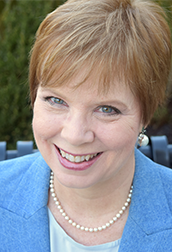Why Preach, Why Listen is the title of a book I read many years ago. But the title still haunts me. Why do I preach and why do you listen? It isn’t to be “preachy,” which has become a negative word that conjures up a haranguing of sorts, where a speaker claims to have some sort of superior truth that can be handed down from on high to those who need instruction.
Sometimes I picture that the sermon is a way that we have a conversation. Though I do the talking, I hold you in my mind as I read the scripture, wondering how that text intersects with the reality of our daily dilemmas: what to do about the son who keeps missing curfew; if it is time for a career change; battling the depression that doesn’t respond to treatment; how to spend one’s free time and other precious resources. As I study the scripture I’m always asking what light it sheds on the path we share.
If you have ever been in a courtroom you know that witnesses testify to what they have seen and heard so that we might discover the truth. We gather at church to hear one angle on the truth of life. We listen to what Bible proclaims and what perspective the wise voices in our Christian tradition propose. And I dare to utter what I have seen and heard about the movement of divine presence in our world today.
I’m at the convent in Atchison right now. (See photo below). Coming here helps me look at life from a new angle, which is what I think preaching is all about. I sat with some nuns at dinner and they said, “Oh we know your church. We were there when Sister Joan Chittister spoke. The Bishop wouldn’t allow her to speak in one of our churches but you welcomed her.” I laughed. “I like the banned speakers a lot,” I tell them. The pulpit is a place that stretches us to see from the perspective of the divine creator. And this can make us squirm.
Emily Dickenson said, “tell the whole truth but tell it at a slant.” Preachers and listeners testify to the truth of God’s astounding love with their lives.





